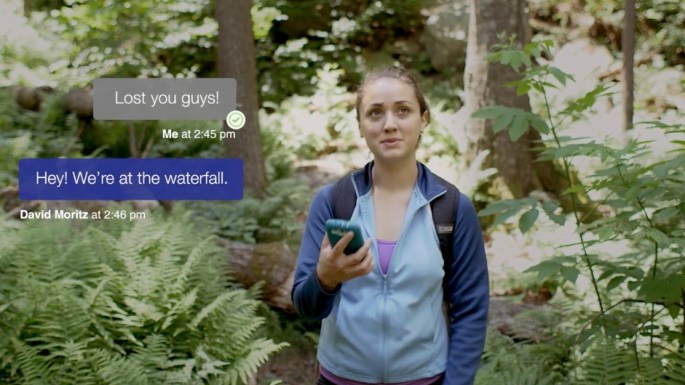Introduction
Wi-Fi calling is the ability to make phone calls from your mobile phone when there is little or no mobile signal. Until recently, people living in areas with poor mobile signal strength had to purchase micro-cell devices at a cost of about $150. These devices would plug into Ethernet and work like a small cell tower in your home. With Wi-Fi calling, it’s possible to make phone calls anywhere there’s a wireless Internet connection, even if no carrier signal is present — like basements or office buildings.
Skype Phone Number – $6 / mo.
Wi-Fi calling has been available for a while in various forms. The Skype app for mobile phones was an early offering that was initially blocked by carriers for use over cellular data because it was seen as a way of circumventing the mobile phone packages that limited the monthly calling minutes. You could still use Skype wherever wireless Internet was available, just not while away from wireless. Eventually, mobile phone carriers began offering unlimited nation-wide calling so cellular data use by VoIP apps was permitted. Skype continues to be a favorite solution for video calling.
A drawback to setting up a Skype phone number is that the available area codes are limited. For example, in Iowa, only 712 (Sioux City) is available. Unless you live in that calling area, people calling from landlines will need to pay long distance fees.
Republic Wireless – $10 / mo.
One of the first innovators to offer wireless calling included in their phone service was Republic Wireless. Initially the cost was $5 per month. That’s now up to $10 per month. With phones starting at about $130, you can have wireless calling as well as a pay-as-you-go cellular phone service.
Google Voice – $0 / mo.
Google Voice is available at no cost for every person who has a free Google account. If you setup an Android phone with the Google Voice app for Android or an iPhone with the Google App for iOS, you get a free phone number in just about any area code you choose. You can then receive and make calls from that number. The phone service includes voicemail and SMS text messaging.
If you’d like to activate the phone with a carrier, you can, but you don’t need to. So, essentially, you can have free phone service, and a free phone number, forever. It will work anytime you’re in range of a wireless Internet connection.
NOTE: Incoming calls can only go to voicemail or be routed to a working phone line. So, if you’re using your Google Voice phone as your only phone, then you’ll need to have people leave a message and then call them back using Google Hangouts.
Making Calls with Google Hangouts.
The instructions below explain how to make a call with the Google Hangouts App. Click this image for a larger view.

Best Phones for Google Voice
If you plan to save money by using a mobile phone with or without carrier service activated, here are some great models to choose from. It’s best to choose a model with 16GB or more memory so the phone isn’t running out of room frequently.
- Motorola Moto G 16GB Global Phone 3rd Generation – $219 on Amazon. This phone looks great and sounds great with dual front facing speakers. It has a fast quad-core processor and includes an FM radio. The smooth design all around is very comfortable to hold. The 5″ screen is an ideal size — not too big, and not too small. The display is super colorful, crisp and bright. As a global phone, it has maximum compatibility and resale value.
- Motorola Moto G 8GB 2nd Generation – $99 to $165 on Amazon. The 2nd Generation Moto G is available in 8GB only, but it will save you some money. It has many of the same benefits and features as the 3G. The US model is $99 and the Global model is $165.
- Unlocked Android Phones on Amazon. There are a variety of unlocked Android phones on Amazon. Unlocked phones have the greatest flexibility and need not be bound to a contract with a particular carrier. Android phones offer the ability to use the Google Play store for apps.
- Unlocked Apple Phones on Amazon. There are a variety of unlocked Apple phones on Amazon. Unlocked phones have the greatest flexibility and need not be bound to a contract with a particular carrier. The Apple iPhone offer the ability to use the Apple App store which may have more elaborate features than their Android counterparts. Newer models of Apple iPhones have one-touch fingerprint readers which help secure your phone.
Consider an iPod Touch $199
If you’re planning on exclusively using Wi-Fi calling you might consider using an iPod Touch starting at $199 for the 16GB model. The iPod touch offers many great features and it’s super slim and light.
Consider an iPad $269 – $1,400
Like the iPod touch, an iPad would also serve as an excellent phone system with the added advantage of having great computing features for other work. Using cloud storage with Dropbox or Box turns the iPad into a desktop-class file storage system.
AT&T Wi-Fi Calling
Recently AT&T partnered with Apple to allow Wi-Fi calling on new iPhones. This is great news for people who had very poor signal quality in their homes or offices.










